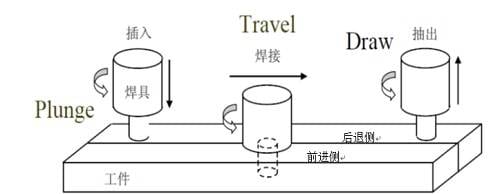[Overview] A group of engineers developed a stretchable fuel cell that extracts energy from sweat and can power electronic devices such as LEDs and Bluetooth radios. Biofuel cells have 10 times more power per surface area than any existing wearable biofuel cell. These devices can be powered on a range of wearable devices.Biofuel cells can stretch and bend, conform to ergonomics.The epidermal biofuel cell has made a significant breakthrough in the field and has been working to make the equipment sufficiently flexible and sufficient strength. Engineers from the University of California, San Diego, can achieve this breakthrough by combining advanced chemistry, advanced materials and electronic interfaces. This allows them to build a retractable electronic basis by using photolithography and the use of screen printing to make the cathode and anode arrays of 3D carbon nanotube substrates. The biofuel cell is equipped with a corresponding enzyme that oxidizes the lactic acid present in the body sweat to produce current, which will convert the sweat into a power source. Engineers describe how they connect a biofuel cell to a developed circuit board and prove that the device is capable of supplying an LED and that a person wearing it can travel a bicycle.Islands and bridges For compatibility with wearable equipment, biofuel batteries require flexibility and stretchability. So the engineers decided to use what they call the “Xuzhou” research group developed the “bridge island” structure. In essence, the battery consists of a variety of spring-shaped structure connected to the column. Half of the grid to form the battery anode, the other half is the cathode. The spring-like structure can be stretched and bent to maintain the flexibility of the battery without deforming the anode and the cathode. Then, the researchers used screen printing to deposit the biofuel layer at the top of the anode and cathode.Increase the energy density The biggest challenge for researchers is to increase the energy density of biofuel cells, that is, the energy that can be generated per surface area. Increasing energy density is the key to improving biofuel cell performance. The more energy the cells produce, the more powerful they are. “We need to find the best combination of materials and how to use them,” says Amay Bandodkar, one of the first authors of the paper. In order to improve the power density, engineers in the anode and cathode printed on the top of the 3D carbon nanotube structure. This structure allows the engineer to use more enzymes at the cathode point with lactic acid and silver oxide to load each anode. In addition, the tube makes it easier to transfer electrons, which greatly improves the performance of biofuel cells.Test the application The biofuel cell can be connected to a custom circuit board manufactured by the Mercier Study Group. The board is a DC / DC converter that eliminates the power generated by the fuel cell and changes as the user produces sweat and converts it to a constant voltage of constant power. The researchers were equipped with four projects combined with biofuel panels and allowed them to run on a fixed bike, and the subjects were able to power the blue LED for about four minutes. The next step, the future work needs to be in two ways. First, silver oxide used at the cathode is a light-sensitive material that degrades over time. In the long run, researchers need to find more stable materials. In addition, the lactic acid concentration in a person’s sweat is diluted over time. That’s why the project can only light up the LED for four minutes while riding a bike. The team is exploring a way to store energy when the lactic acid concentration is high enough and then release it.
Fonte: Meeyou Carbide



